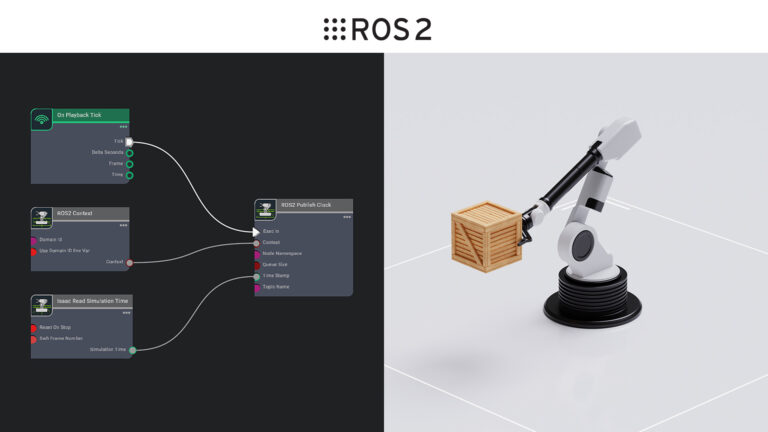
Physical AI-powered robots need to autonomously sense, plan, and perform complex tasks in the physical world. These include transporting and manipulating objects safely and efficiently in dynamic and unpredictable environments. Robot simulation enables developers to train, simulate, and validate these advanced systems through virtual robot learning and testing. It all happens in physics��
]]>
The Husky robot, developed by Clearpath Robotics, is a versatile four-wheeled platform made for indoor and outdoor research use. It is simple to modify by adding other sensors and changing the high-level board. This post explains how to use the official ROS 2 Husky packages to import the robot into NVIDIA Isaac Sim and create a simulation. For this demo, the Husky robot is equipped with an��
]]>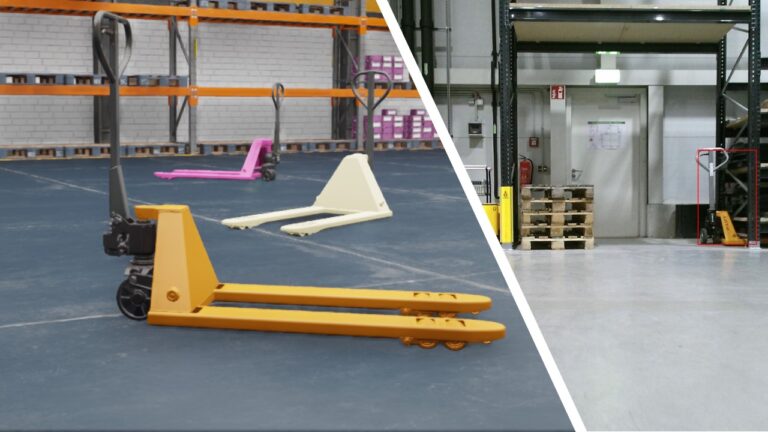
Synthetic data can play a key role when training perception AI models that are deployed on autonomous mobile robots (AMRs). This process is becoming increasingly important in manufacturing. For an example of using synthetic data to generate a pretrained model that can detect pallets in a warehouse, see Developing a Pallet Detection Model Using OpenUSD and Synthetic Data.
]]>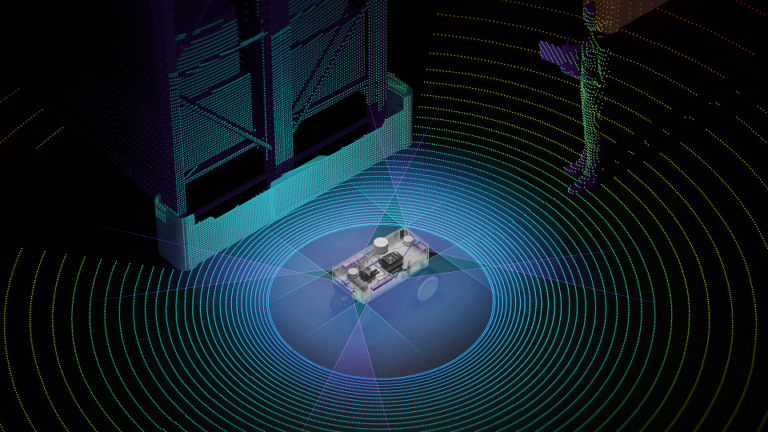
NVIDIA announced major updates to the NVIDIA Isaac Robotics platform today at ROSCon 2023. The platform delivers performant perception and high-fidelity simulation to robotics developers worldwide. These updates include the release of NVIDIA Isaac ROS 2.0 and NVIDIA Isaac Sim 2023.1 and perception and simulation upgrades that simplify building and testing performant AI-based robotic applications��
]]>
On Sept. 12, learn about the connection between MATLAB and NVIDIA Isaac Sim through ROS.
]]>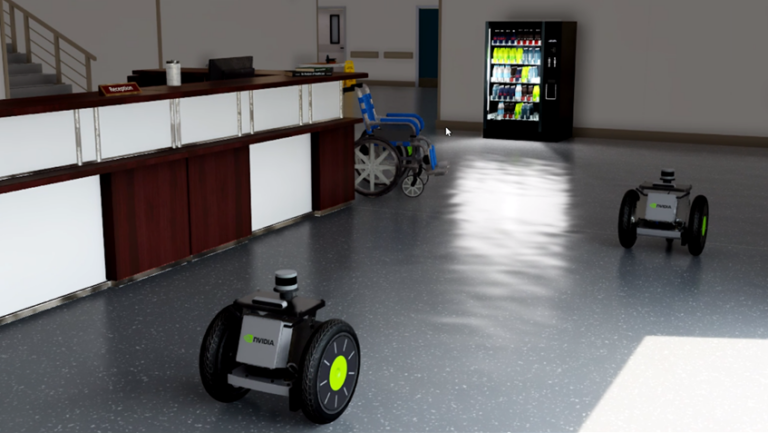
The need for a high-fidelity multi-robot simulation environment is growing rapidly as more and more autonomous robots are being deployed in real-world scenarios. In this post, I will review what we used in the past at Cogniteam for simulating multiple robots, our current progress with NVIDIA Isaac Sim, and how Nimbus can speed up the development and maintenance of a multi-robot simulation with��
]]>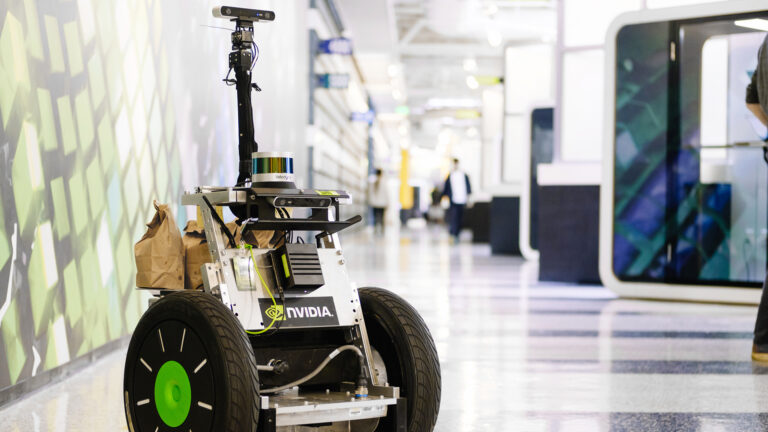
Hardware-in-the-loop (HIL) testing is a powerful tool used to validate and verify the performance of complex systems, including robotics and computer vision. This post explores how HIL testing is being used in these fields with the NVIDIA Isaac platform. The NVIDIA Isaac platform consists of NVIDIA Isaac Sim, a simulator that provides a simulated environment for testing robotics algorithms��
]]>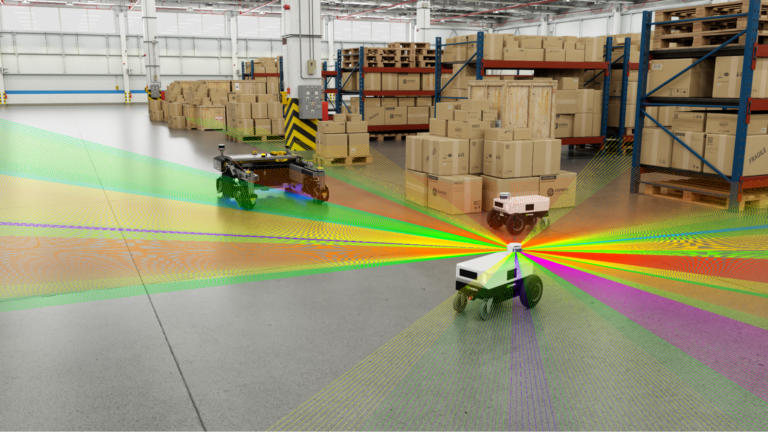
Robots are increasing in complexity, with a higher degree of autonomy, a greater number and diversity of sensors, and more sensor fusion-based algorithms. Hardware acceleration is essential to run these increasingly complex workloads, enabling robotics applications that can run larger workloads with more speed and power efficiency. The mission of NVIDIA Isaac ROS has always been to empower��
]]>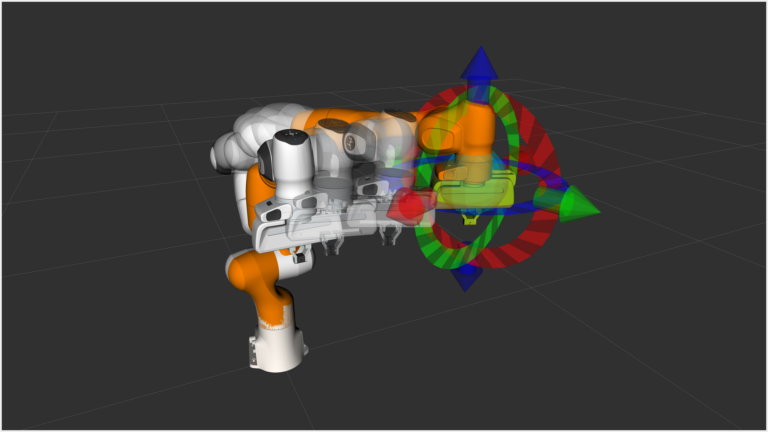
MoveIt is a robotic manipulation platform that incorporates the latest advances in motion planning, manipulation, 3D perception, kinematics, control, and navigation. PickNik Robotics, the company leading the development of MoveIt, is exploring the use of NVIDIA Isaac Sim in an internal R&D project. The project goals are to improve perception for manipulation and augment with MoveIt Studio, PickNik����
]]>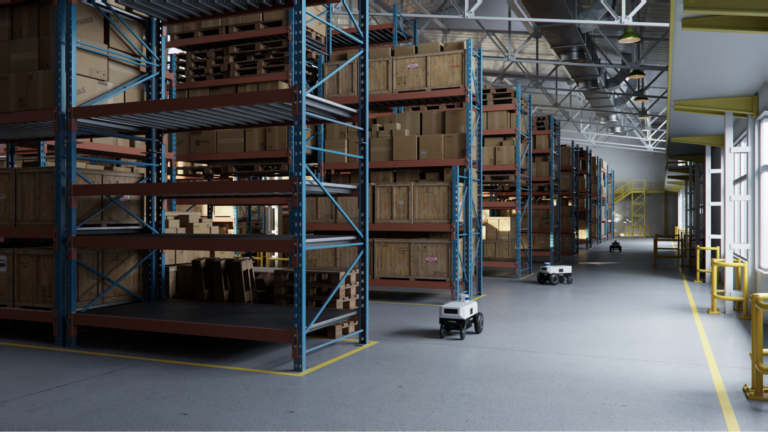
At ROSCon 2022, NVIDIA announced the newest Isaac ROS software release, Developer Preview (DP) 2. This release includes new cloud�C and edge-to-robot task management and monitoring software for autonomous mobile robot (AMR) fleets, as well as additional features for ROS 2 developers. ��NVIDIA continues to show a strong commitment to the ROS developer community with its consistent Isaac ROS��
]]>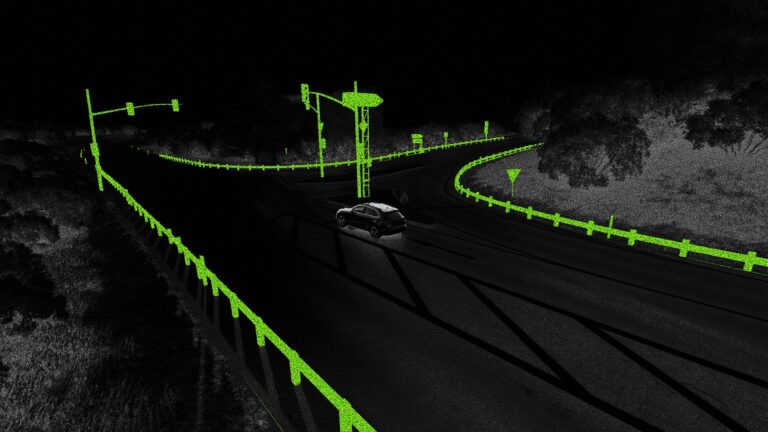
Accurate, fast object detection is an important task in robotic navigation and collision avoidance. Autonomous agents need a clear map of their surroundings to navigate to their destination while avoiding collisions. For example, in warehouses that use autonomous mobile robots (AMRs) to transport objects, avoiding hazardous machines that could potentially damage robots has become a challenging��
]]>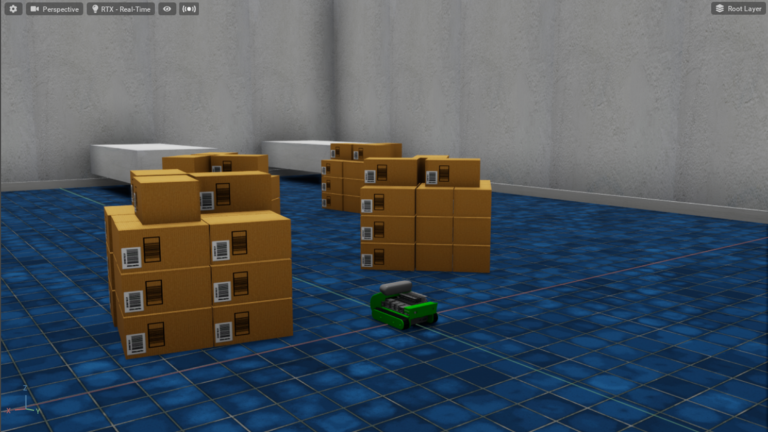
Join this webinar on August 4 to learn about moving from an Ignition Gazebo simulation to Isaac Sim using the Ignition-Omniverse experimental converter.
]]>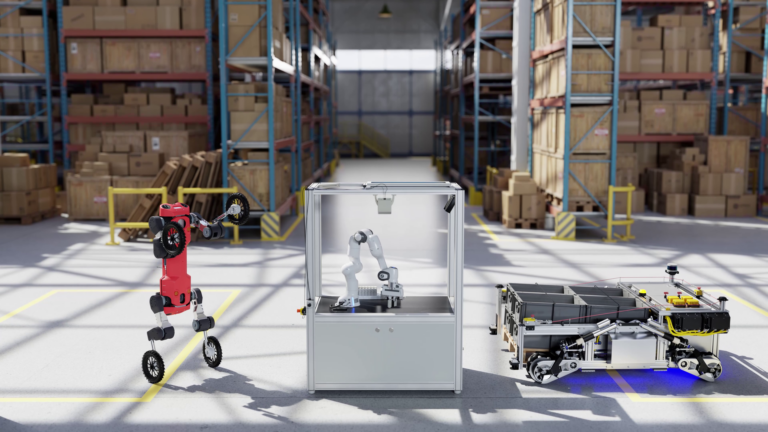
Today, NVIDIA announced the availability of the 2022.1 release of NVIDIA Isaac Sim. As a robotics simulation and synthetic data generation (SDG) tool, this NVIDIA Omniverse application accelerates the development, testing, and training of AI in robotics. With Isaac Sim, developers can generate production quality datasets to train AI-perception models. Developers will also be able to simulate��
]]>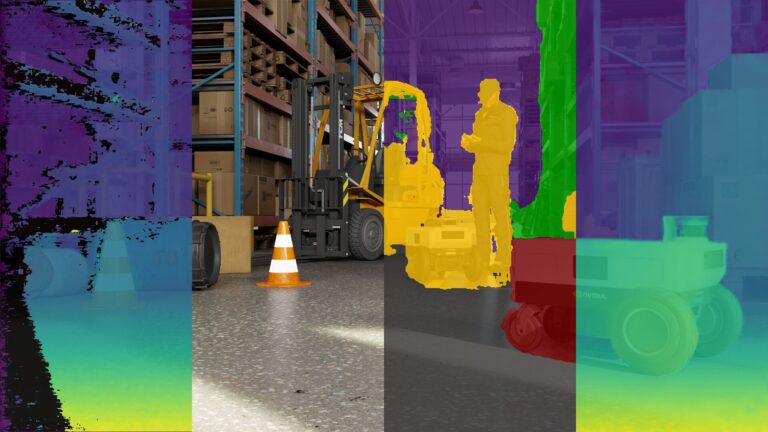
Working in collaboration since October 2021, NVIDIA and Open Robotics are introducing two important changes, now available in the Humble ROS 2 release for improved performance on compute platforms that offer hardware accelerators. The new ROS 2 Humble hardware-acceleration features are called type adaptation and type negotiation. NVIDIA will release a software package-implementing type��
]]>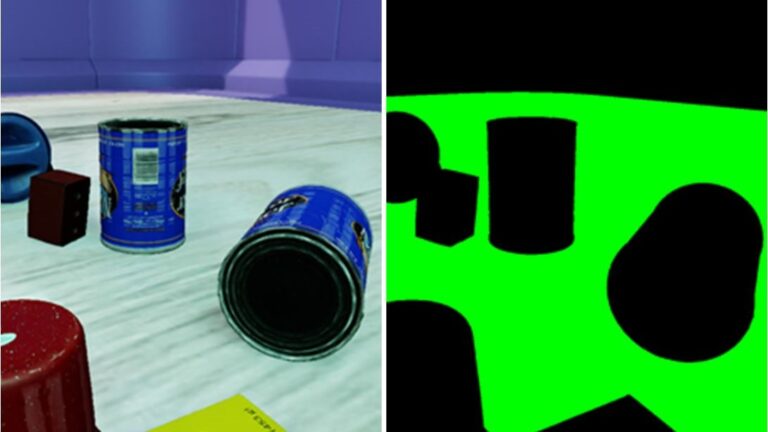
From building cars to helping surgeons and delivering pizzas, robots not only automate but also speed up human tasks manyfold. With the advent of AI, you can build even smarter robots that can better perceive their surroundings and make decisions with minimal human intervention. Take, for instance, an autonomous robot used in warehouses to move payloads from one place to another.
]]>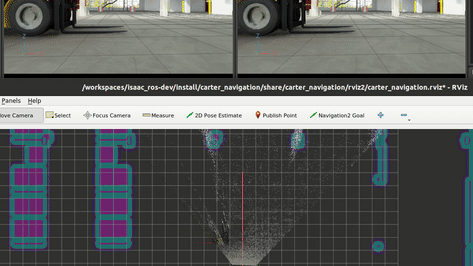
NVIDIA Isaac ROS GEMs are ROS packages that optimize AI-based robotics applications to run on NVIDIA GPUs and the Jetson platform. There is a growing interest in integrating these packages with the Nav2 project to help autonomous robots successfully navigate around dynamic environments. This work is done entirely in simulation and can be used as a starting point for transferring robotic��
]]>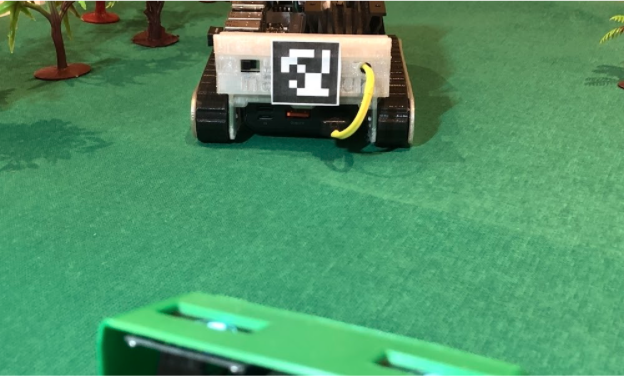
NVIDIA Isaac GEMs for ROS provides a set of GPU-accelerated packages for your ROS2 application, improving throughput on image processing and DNN-based perception models. These ROS2 packages are built from ROS2 Foxy, the first Long Stable Release (LTS) to come out of the robotics community. This post investigates how you can accelerate your robot��s deployment by implementing NVIDIA Isaac ROS��
]]>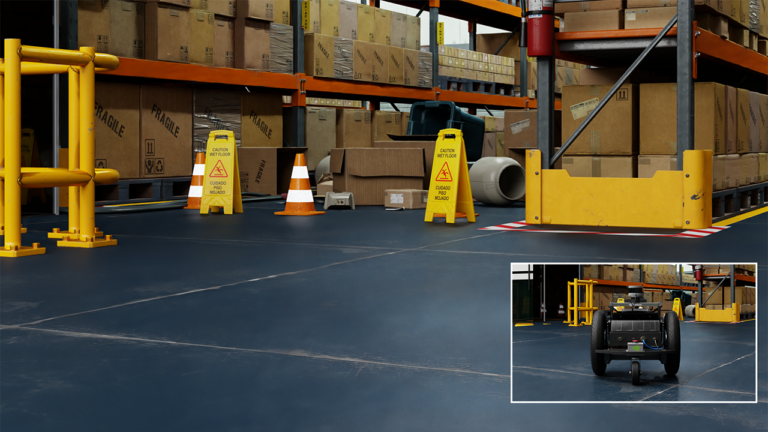
All things that move will become autonomous. And all things autonomous will require advanced real-time perception. NVIDIA announced its latest initiatives to deliver a suite of perception technologies to the ROS developer community. These initiatives will reduce development time and improve performance for developers seeking to incorporate cutting-edge computer vision and AI/
]]>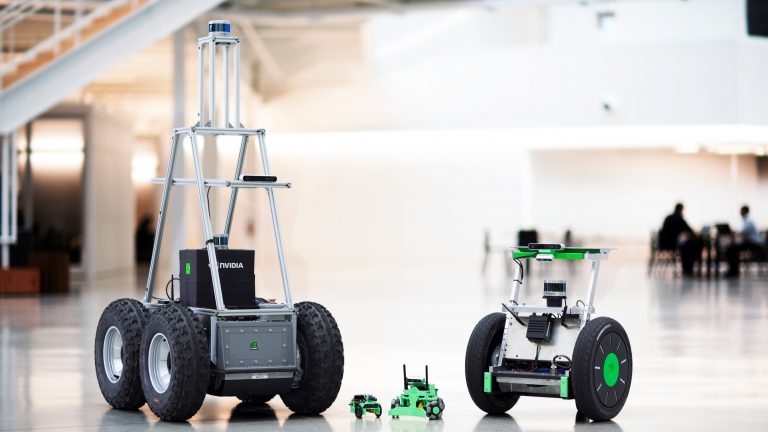
NVIDIA Jetson developer kits serve as a go-to platform for roboticists because of its ease of use, system support, and its comprehensive support for accelerating AI workloads. In this post, we showcase our support for open-source robotics frameworks including ROS and ROS 2 on NVIDIA Jetson developer kits. This post includes the following helpful resources: We offer��
]]>
The Robot Operating System (ROS) is an extremely popular middleware used by roboticists and autonomous vehicle researchers around the globe. It offers a great deal of flexibility and a plethora of software libraries and tools to be leveraged by its users. As a result, there is a great deal of interest in understanding how ROS can be used on the NVIDIA DRIVE AGX platform. The NVIDIA DRIVE AGX��
]]>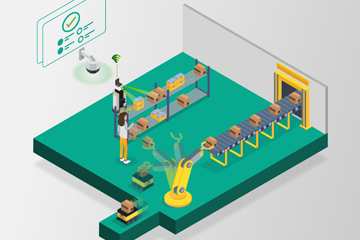
Deep learning is being adopted in robotics to accurately navigate indoor environments, detect and follow objects of interest, and maneuver without collisions. However, the increasing complexity of deep learning makes it challenging to accommodate these workloads on embedded systems. While you can make trade-offs between accuracy and deep learning model size, compromising accuracy to meet real-time��
]]>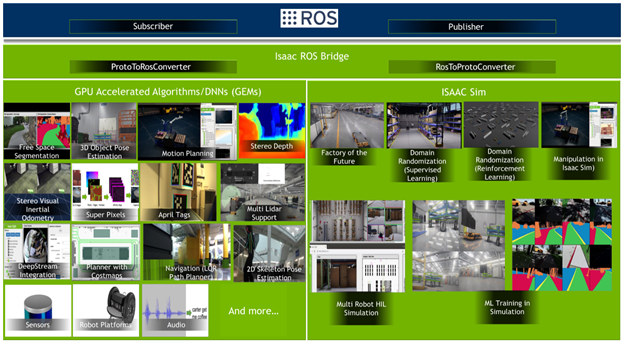
The Robot Operating System (ROS) offers many software libraries and tools to help build robot applications, including framework, algorithms, sensors, and robot platforms. It is extremely popular with roboticists and researchers everywhere. A continuous influx of packages and libraries from the ecosystem makes it easy to get started on robotics projects. NVIDIA Isaac SDK is an open��
]]>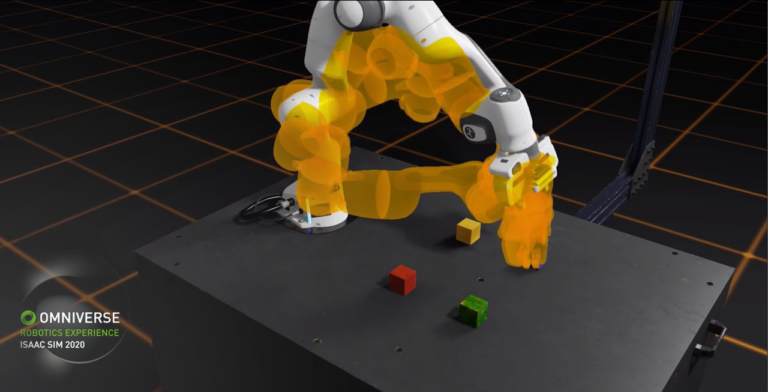
NVIDIA released a new NVIDIA Omniverse Experience for Robotics for NVIDIA Isaac Sim to help support the accelerating need for accurate, reliable, easy-to-use simulation tools in robotics. With many research labs and universities closed indefinitely, roboticists around the world are separated from the physical hardware and environments that they need for developing, testing��
]]>